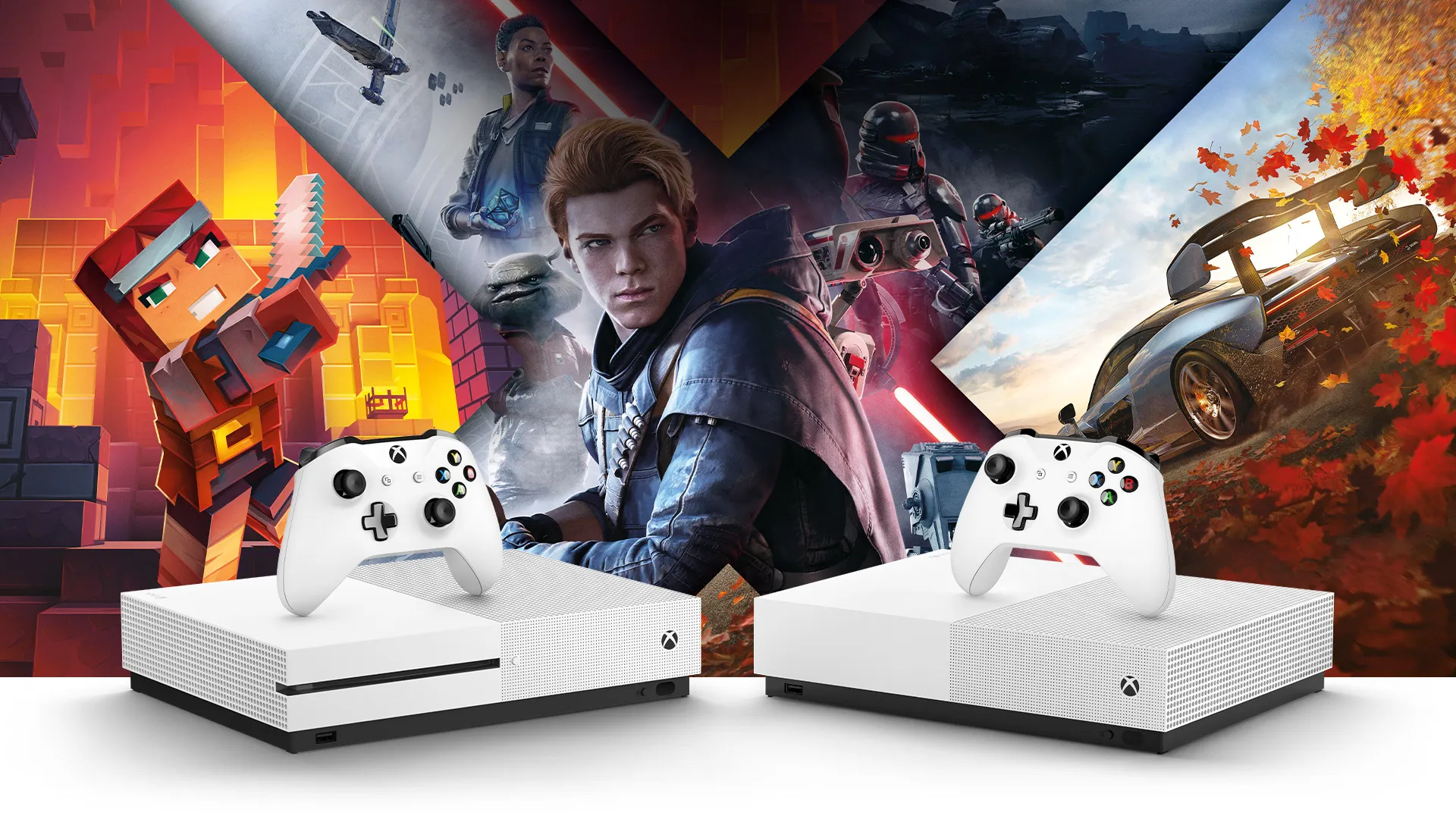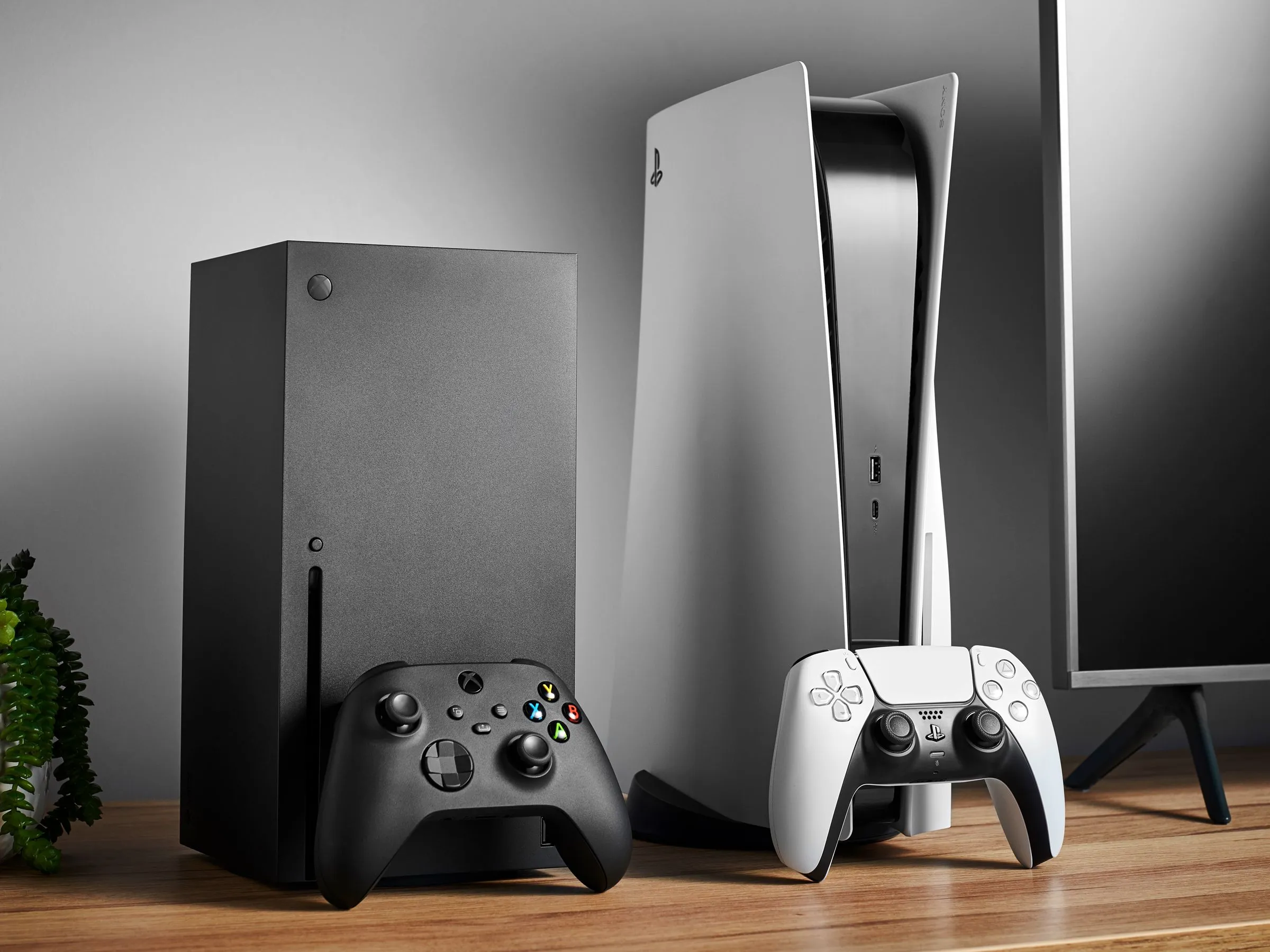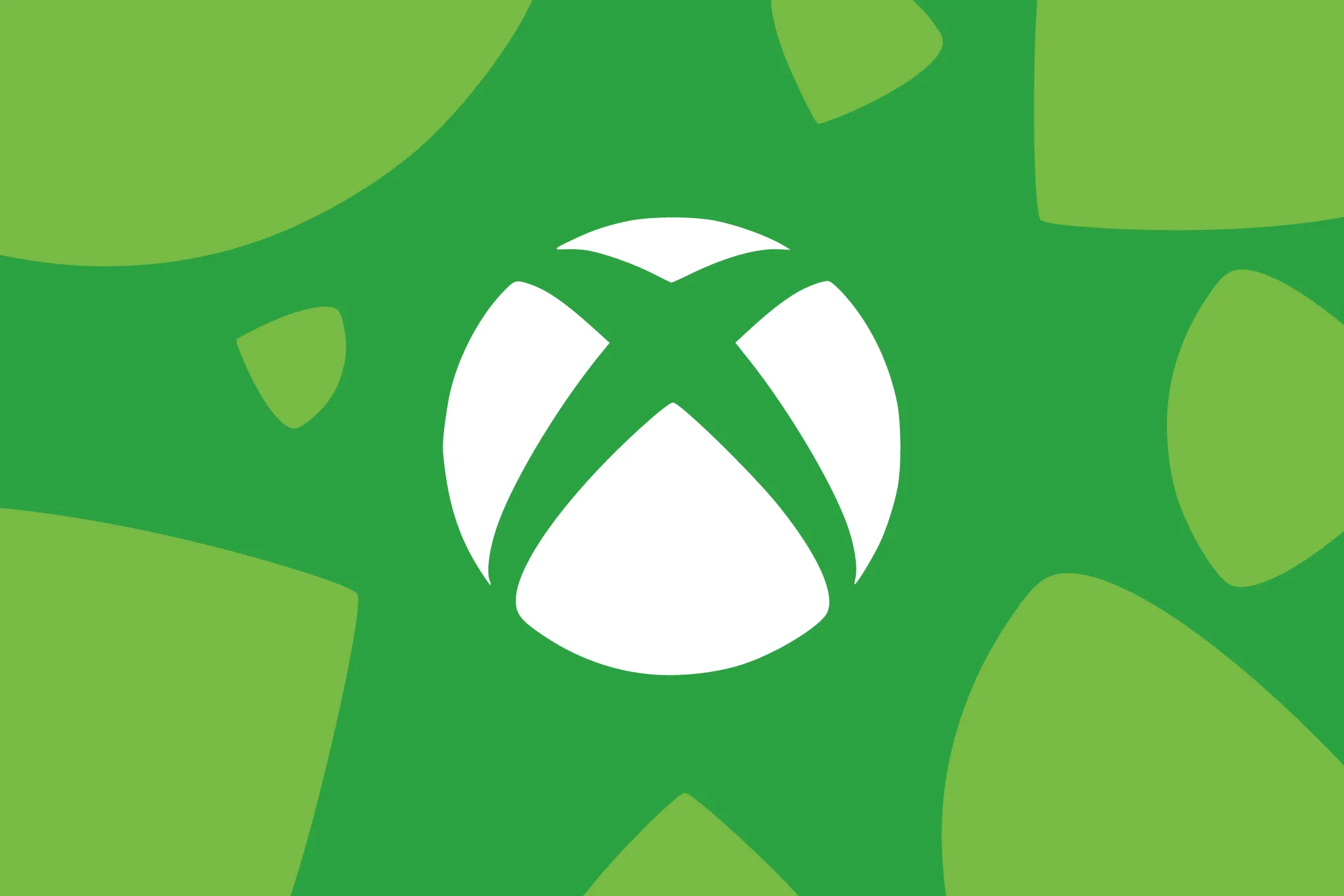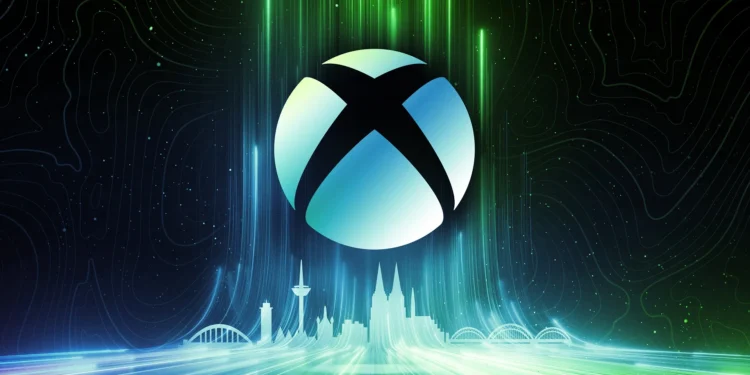In a surprising move, Microsoft has announced a significant price increase for its Xbox consoles, marking a more than 25% hike in the cost of both the Xbox Series X and Series S. This change comes as a direct result of tariffs imposed during the Trump administration, highlighting the ongoing effects of international trade policies on everyday consumer products. The decision has raised eyebrows within the gaming community, with some players questioning whether the price jump will affect their purchasing decisions.

What Led to the Xbox Price Hike?
The price increase is part of a broader shift in the gaming industry, as manufacturers navigate the complexities of global supply chains and the economic aftermath of political decisions. The imposition of tariffs, which added extra duties on products imported from China, has hit many tech companies hard. Microsoft, already grappling with inflationary pressures, now finds itself raising prices to counterbalance the rising costs of production and importation.
Microsoft’s decision to raise prices on their flagship consoles is undoubtedly tied to these tariffs. Since these tariffs were enacted during former President Trump’s administration, products like electronics, including gaming consoles, have been subject to higher costs when crossing borders. While Microsoft had previously absorbed the additional expenses, it seems the company has now decided to pass on the increased cost to consumers. As a result, Xbox fans are seeing a significant price bump for the first time in years.
Impact on Xbox Consoles and Gamers
For many gamers, the price increase comes as an unwelcome surprise, particularly in the middle of a busy holiday season. Xbox fans, especially those hoping to score a deal during Prime Day or other sales events, are now faced with higher-than-expected prices. The new price tags on the Xbox Series X and Series S consoles are likely to change the buying habits of many players, who may choose to wait or opt for competing products instead.

While the price hike is notable, it’s worth considering that Microsoft isn’t the only company affected by tariffs. Sony’s PlayStation consoles and other gaming products have similarly seen price increases, though Microsoft’s move stands out due to the scale of the price hike. Analysts are predicting that other companies in the tech industry may follow suit, especially if tariffs remain in place for the long term.
Microsoft’s Strategy and Long-Term Effects
Microsoft’s decision to increase prices isn’t just about covering the cost of tariffs. The company has been making moves to strengthen its position in the gaming market, especially with the launch of Xbox Game Pass and the upcoming releases slated for the next generation of consoles. While the price hike may temporarily alienate some customers, it could be seen as a long-term strategy to maintain profitability as the gaming market evolves.
However, this price increase also raises questions about the accessibility of next-gen consoles. While the Xbox Series S remains relatively affordable compared to its competitors, the Xbox Series X has always been positioned as a premium product. As more gamers turn to subscription-based services and digital-only models, Microsoft may face pressure to balance its pricing strategy with consumer demand for affordability.
What This Means for Xbox Prime Day Deals
The timing of this price hike also raises questions about the upcoming Xbox Prime Day deals. Gamers hoping to score a discount on Xbox consoles may find themselves out of luck, as the price increase is likely to remain in effect throughout key shopping events. With Prime Day approaching, some may opt for older console models or take advantage of deals on Xbox accessories and services instead.

As Xbox faces these new challenges, it will be interesting to see how the company responds in the coming months. Will the price hike become permanent, or will Microsoft reverse its decision once the political and economic landscape changes? For now, gamers will need to weigh the value of their Xbox consoles against the increased cost and consider whether other gaming platforms offer better value for money.
The Future of Gaming Consoles and Tariffs
The gaming industry is at a crossroads, with tariffs and rising production costs continuing to impact the pricing of consoles. While Microsoft’s price increase may be a necessary response to the economic pressures of the moment, it could also signal the start of a larger trend within the tech and gaming industries. As tariffs continue to shape the market, gamers will need to adapt to higher prices and shifting product availability.
Microsoft’s bold move may just be the first of many price hikes across the gaming industry. With tariffs and inflation on the rise, it’s unclear when or if the prices of gaming consoles will ever return to their previous levels. Until then, gamers will need to adjust their expectations and be prepared for a new reality in the cost of gaming.










